Sorry this post has taken a little longer to put up than the others. After a day of touring I started my VERY long journey back to the Great White North. Four flights and a couple of days later and I’m officially back in Chilliwack. While I had good intentions of writing this while on the plane, I think I was subconsciously putting it off because I’m not ready for it to be over. And writing about my final day on the island means this chapter is coming to a close. That said, although this particular part of the journey may be over, I do plan on posting a few more posts in the next couple of weeks. As I go through pictures and notebook and as I tell stories to family and friends and overall just reflect on this amazing journey, I’m sure there will be a few nuggets that I’ll want to share. So stay tuned….
Ok, here goes. The final morning on Easter Island started with a gorgeous pink sky, birds chirping and light rain falling. These few days on the island have reminded me of life in Costa Rica in so many ways, and it’s really made me feel at home. The sounds and the smells have made me sleep just as soundly as the rocking of the ship and I’m definitely going to miss both!
Ok, here goes. The final morning on Easter Island started with a gorgeous pink sky, birds chirping and light rain falling. These few days on the island have reminded me of life in Costa Rica in so many ways, and it’s really made me feel at home. The sounds and the smells have made me sleep just as soundly as the rocking of the ship and I’m definitely going to miss both!
Today we had the great honor of spending our time with Patricia Vargas. As I mentioned in my last post, she is a Chilean archeologist whose life work has been to catalogue and restore much of what we see on Rapa Nui today. Patricia, Claudio Cristino (her former husband, and father to Ata) and Edmundo Edwards are basically the rock stars of Rapa Nui history and needless to say I was very excited to get to spend the day with her, and at the site where she got her start no less.
We drove 324m up the one section of the island that we had not yet explored, stopping at the edge of the Rano Kau crater. We peered down into the mile wide crater at the wetlands below. The protection provided by the deep walls of the caldera creates a microclimate that has allowed a number of native species of plants to survive in only this location. They actually say this is what the manavai (stone greenhouses from my previous post) are modeled after. The crater also provides one of the few fresh water sources on the island, which has also helped to maintain an increased level of biodiversity compared to other parts of the island. A species of moss (and the bacteria that it contains) that was discovered there has been found to have medicinal benefits, in that it helps prevent tissue rejection after organ transplant. Pfizer currently markets it as Rapamune and it’s in the research stages for a wide range of illnesses including cancer, Alzheimer, Lupus, and more. Yet another example of why preserving biodiversity is important!
From there, we moved around the crater’s edge to Orongo, the primary site for the birdman culture. This was the place that Patricia was first called to back in 1976. She told us the story of having just returned from working in the Atacama desert, and getting the phone call asking her to go to Easter Island for a 6 month contract. Without even unpacking her bags, she and Claudio immediately set off immediately. The best part of it was that she was actually pregnant when she left for Rapa Nui! She thought she’d go to the island, work for 6 months and be back to the mainland in time to have her baby. That obviously didn’t happen and her mother sent her sister over to help her with the delivery (she then met a Rapa Nui man and stayed on the island herself). Patricia had four children on that island, giving each of them a traditional Rapa Nui name, and to this day each of them identifies themselves as Rapa Nui. As we strolled along the edge of the crater she spoke about her kids growing up at this site, playing along side of the restoration project. She would often assign them identification/classification jobs, so the kids grew up with this first hand knowledge of the island and its history as part of their every day lives. What a childhood that must have been!
As far as the history site goes, this is the site of the birdman culture. When we think of Easter Island, we typically think of the giant stone heads and little else. Ata has done a great job of helping us to see that there are two distinct chapters in Rapa Nui history. The first chapter was one that was characterized by the Moai statues. Each of the clans on the island had altars that represented their link between this world and the spiritual one. However, as the generations passed there was a shift from spirituality to representing the power held by the elite (they termed it mana). The Moai statues got larger and more numerous, the number of required workers grew, the strain on natural resources increased until the whole system reached a breaking point. The birdman culture, which is often referred to as the second chapter, is seen as a response to this. It was a way for the working class to rise up and take the power or the mana into their own hands, and in some ways it created a unique democratic-ish society.
I can attest to the fact that the Moai statues are impressive and awe-inspiring. If you wanted to introduce a new religion/way of operating, it would be pretty difficult to surpass the awesomeness of those statues, yet the village site at Orongo does just that. Set on the edge of the crater, overlooking the ocean and three small islands full of nesting seabirds, it’s the perfect place to capture the imagination. It was here at this village that the birdman culture was created.
I can attest to the fact that the Moai statues are impressive and awe-inspiring. If you wanted to introduce a new religion/way of operating, it would be pretty difficult to surpass the awesomeness of those statues, yet the village site at Orongo does just that. Set on the edge of the crater, overlooking the ocean and three small islands full of nesting seabirds, it’s the perfect place to capture the imagination. It was here at this village that the birdman culture was created.
It was believed that the mana had been taken from the statues by the gods (this was their explanation as to why there was a collapse in natural resources) and that mana was sent back to them via the seabirds. Therefore, each year, men from the clans would compete to see who could bring back the first intact egg laid on the islands below. While the waters were shark infested, Patricia explained that it likely wasn’t the sharks that were the dangerous part, but the exhaustion from swimming against the currents on the couple of mile swim to the islands and back. The “winning” clan was then in control for the next year, until the whole competition started over there with the next nesting season. In this way it helped to preserve social order, as one clan was never in control longer than a year, so they were good to other clans to avoid retaliation the next year.
It was this birdman culture that continued until 1860’s when rounds of slave traders decimated the population, followed by missionaries intent on converting the remaining few and wiping out all of their “pagan” practices. After that, the Rapa Nui people were moved to the town site of Hanga Roa, while the remainder of the island was used for ranching (for a period of time Chile actually rented it to Britain to raise sheep for wool). It has only been in recent years, most notably with the 1997 restoration of Tongariki, that the mana has once again shifted back into the hands of the locals. While many look at Easter Island as an example how over exploitation of resources leads to the “collapse” of a society, there are others, like Patricia and Ata, who instead choose to view it as story of survival. Despite all that has happened in the past 600 years, there is still a Rapa Nui people who are proud of their heritage and who are actively moving this island through its next chapter. It will be interesting to watch how this island changes in the coming years and I am grateful to have gotten a glimpse of it!
It was this birdman culture that continued until 1860’s when rounds of slave traders decimated the population, followed by missionaries intent on converting the remaining few and wiping out all of their “pagan” practices. After that, the Rapa Nui people were moved to the town site of Hanga Roa, while the remainder of the island was used for ranching (for a period of time Chile actually rented it to Britain to raise sheep for wool). It has only been in recent years, most notably with the 1997 restoration of Tongariki, that the mana has once again shifted back into the hands of the locals. While many look at Easter Island as an example how over exploitation of resources leads to the “collapse” of a society, there are others, like Patricia and Ata, who instead choose to view it as story of survival. Despite all that has happened in the past 600 years, there is still a Rapa Nui people who are proud of their heritage and who are actively moving this island through its next chapter. It will be interesting to watch how this island changes in the coming years and I am grateful to have gotten a glimpse of it!
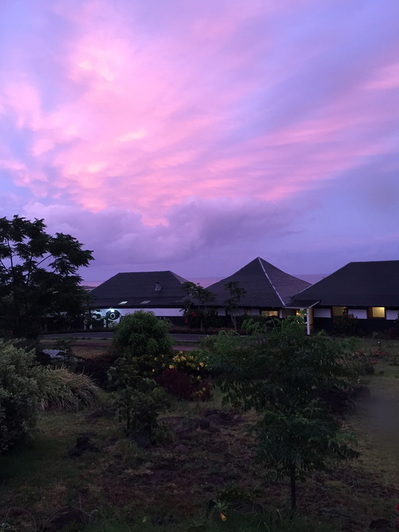
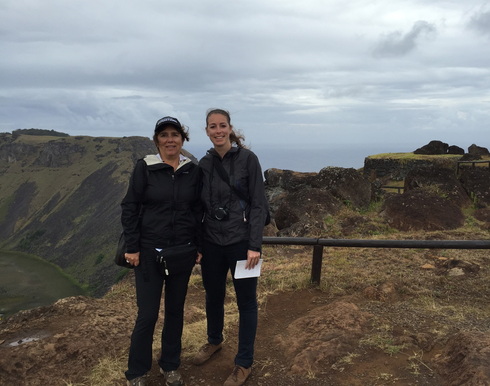
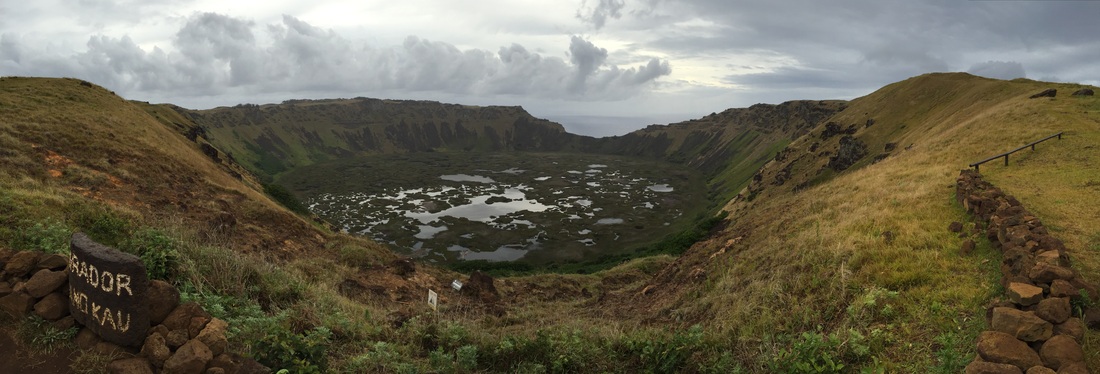
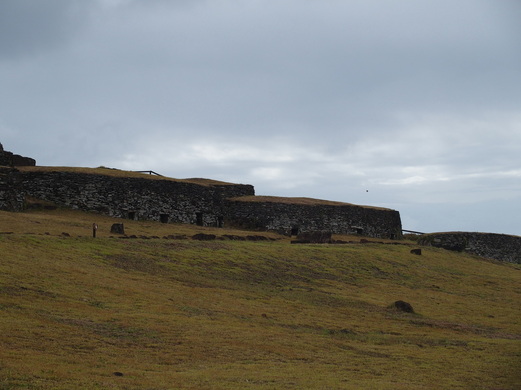
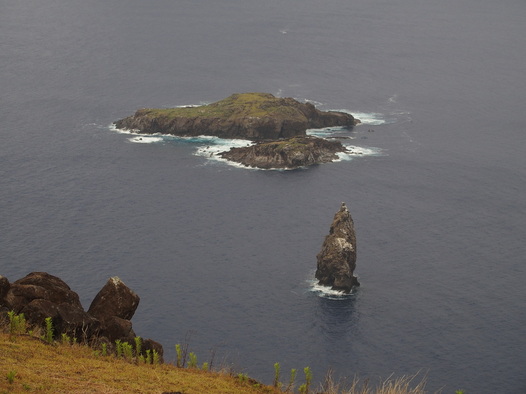
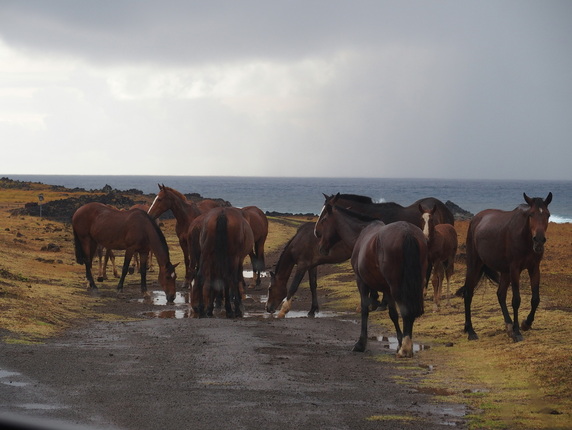
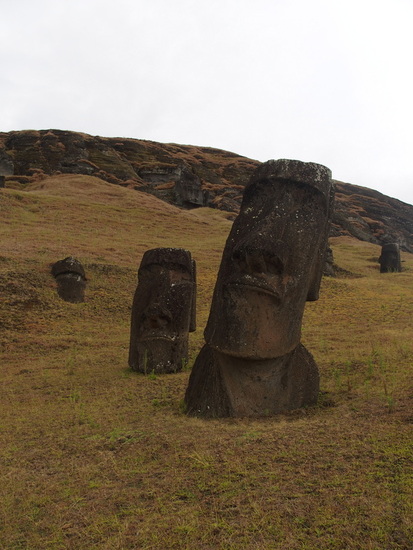
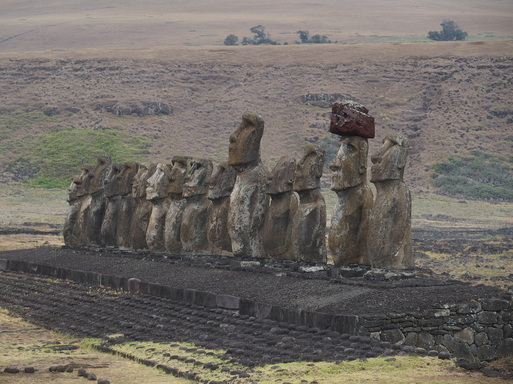
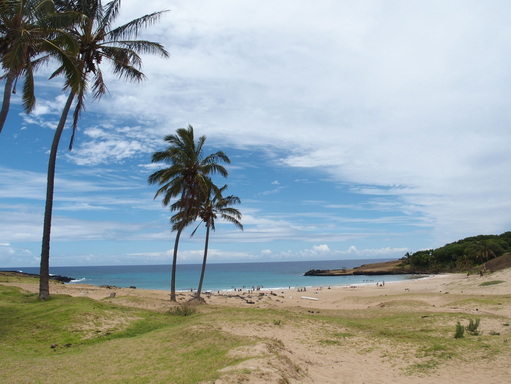
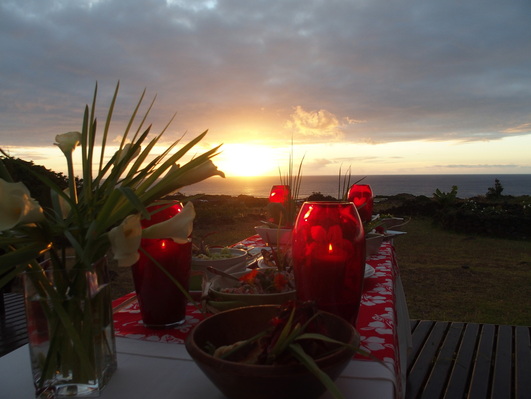
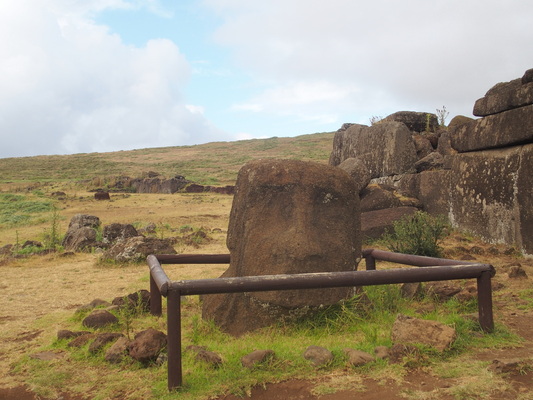
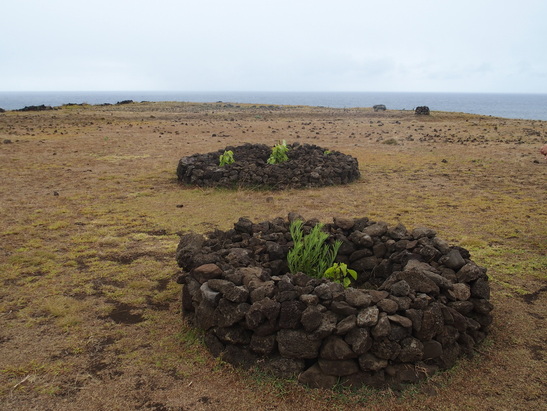
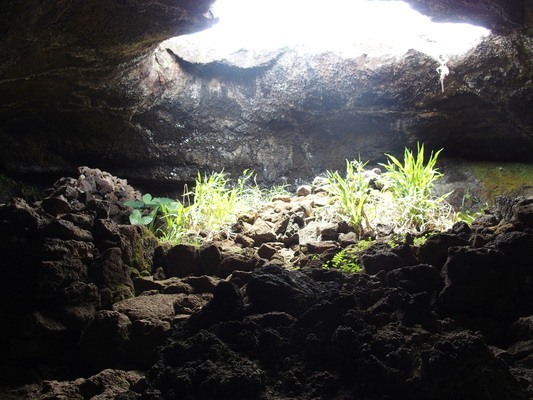
 RSS Feed
RSS Feed
